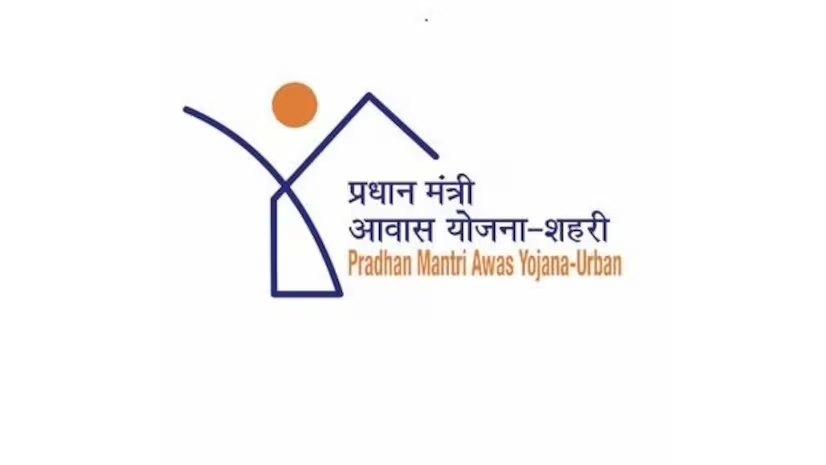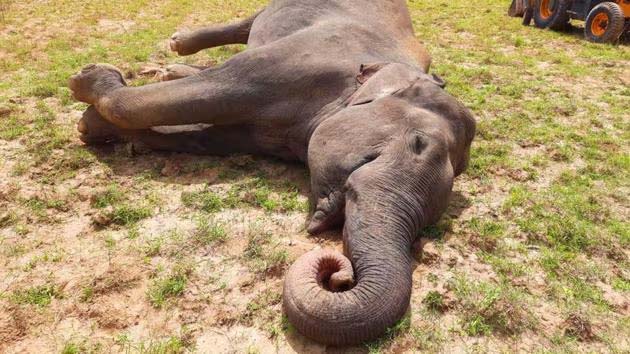Dehradun, November 24, 2024:
The Pradhan Mantri Awas Yojana (Urban) is transforming housing dreams into reality in Uttarakhand, with over 34,000 homes already constructed under the scheme. With the state government signing an agreement with the central government for the scheme’s second phase, beneficiaries will now receive enhanced financial support.
This flagship housing scheme aims to provide permanent shelters for all urban homeless families, targeting those with an annual income ranging from ₹3 lakh to ₹18 lakh. Beneficiaries receive subsidies or grants for home construction under four components.
In the first phase, 64,391 homes were sanctioned across Uttarakhand. Out of 25,976 homes approved under the “Beneficiary-Led Construction” (BLC) category, 12,222 have been completed, while work continues on the rest. Beneficiaries received ₹1.5 lakh per house as a central grant (totaling approximately ₹263.71 crore) and an additional ₹50,000 per house from the state government.
Also Read This – CM Dhami Announces Tax-Free Status for Film ‘The Sabarmati Report’ in Uttarakhand
Under the “Affordable Housing” category, 15,960 homes were sanctioned by the central government, with 11,384 allocated and 1,894 already constructed. Beneficiaries in this category received ₹1.5 lakh per house from the central government and ₹2 lakh from the state, making the total beneficiary contribution just ₹3.5 lakh per house.
For the “Credit-Linked Subsidy Scheme” (CLSS) component, all 19,919 sanctioned homes have been completed, with interest subsidies provided through banks.
According to Urban Development Secretary Nitesh Jha, the central government launched PMAY 2.0 in September 2024. Under the revised scheme, the central grant has been increased from ₹1.5 lakh to ₹2.25 lakh per house. This enhancement will ensure greater financial aid for beneficiaries, further boosting the state’s housing efforts.
Uttarakhand Chief Minister Pushkar Singh Dhami stated that the scheme has significantly improved the living standards of homeless families by providing permanent shelters. The state government continues to work alongside the central government to maximize support under the scheme.



